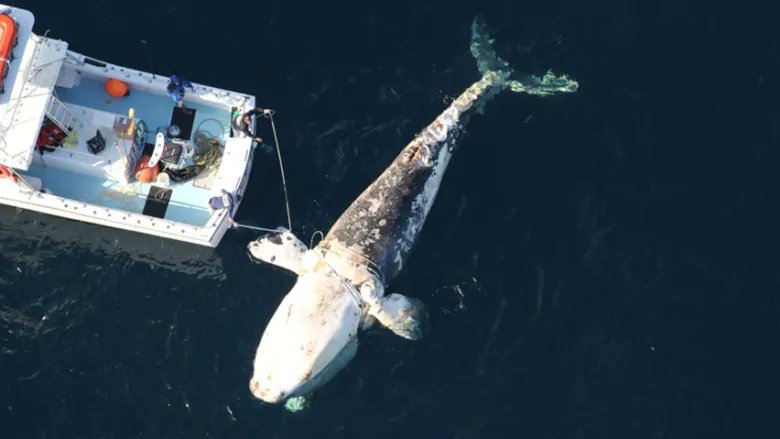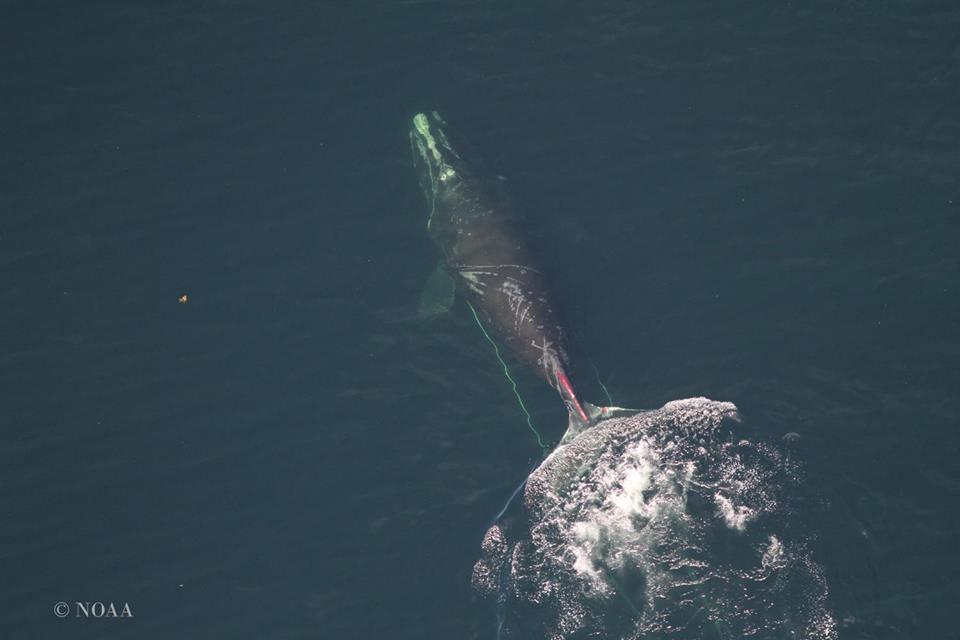So, with that said, here is some of what I learned at #WhaleSchool:
(Photo c: Sea to Shore Alliance under NOAA, shared by @CBCNews)

Or, more dramatically, this:
(Photo c: @NOAAFish_GARFO, shared by the Marine Animal Response Society [MARS])

Video: bit.ly/1QPZjVQ
/thread














